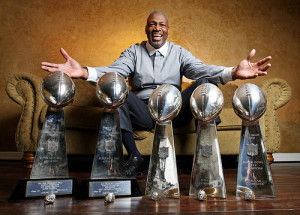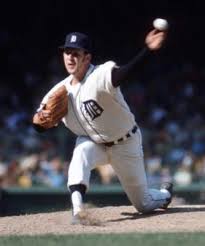Pro Football Hall of Fame Welcomes Worthy Class 23
For the fourth time in the last five years, the Pro Football Hall of Fame will add a maximum class of seven following the announcement last night of the 2014 class for induction.
Though some will question a couple of the selections, in total it is pretty impressive group that will be honored in Canton later this year.
Included are first year eligible players Derrick Brooks and Walter Jones along with wide receiver Andre Reed and defensive players Michael Strahan and Aeneas Williams. Also selected as senior-era selections were Claude Humphrey and Ray Guy.
While I think there was no debating the worthiness of both Brooks and Jones, who ironically are both products of Florida State, but am a little surprised that Jones made the cut during his first year of eligibility.
Though he didn’t always receive the same publicity as his defensive teammates in Tampa Bay Warren Sapp, John Lynch and Ronde Barber, Brooks was the consistent star of that unit. An 11-time Pro Bowl selection and five-time first team All-Pro, Brooks was the NFL Defensive Player of the Year in 2002 when the Buccaneers won their only Super Bowl.
There is no question that Jones, a nine-time Pro Bowl selection and four-time All-Pro pick, has Hall of Fame credentials. However, with some other very talented players up for consideration (including 12-time Pro Bowl guard Will Shields), I wasn’t sure the voters would put Jones into the Hall in his first try.
Two players who also had Hall of Fame worthy careers, but who had to wait before receiving the call were Reed and Williams.
The Hall of Fame voters have always struggled with how to handle the wide receiver position. Reed is the 12th receiver since 1995 to be selected for the HOF, but only Jerry Rice and Steve Largent made it in their first year on the ballot. It took Reed eight times as a finalist before making the cut. Many believe that in the committee pecking order they had to get Cris Carter (who was selected last year in his sixth year of eligibility) into the HOF before Reed could make it in. The road is now clearer for Tim Brown, who has been a finalist five times, and Marvin Harrison, who was a finalist in his first year on the ballot, to be the next receivers in. Read the rest of this entry →





